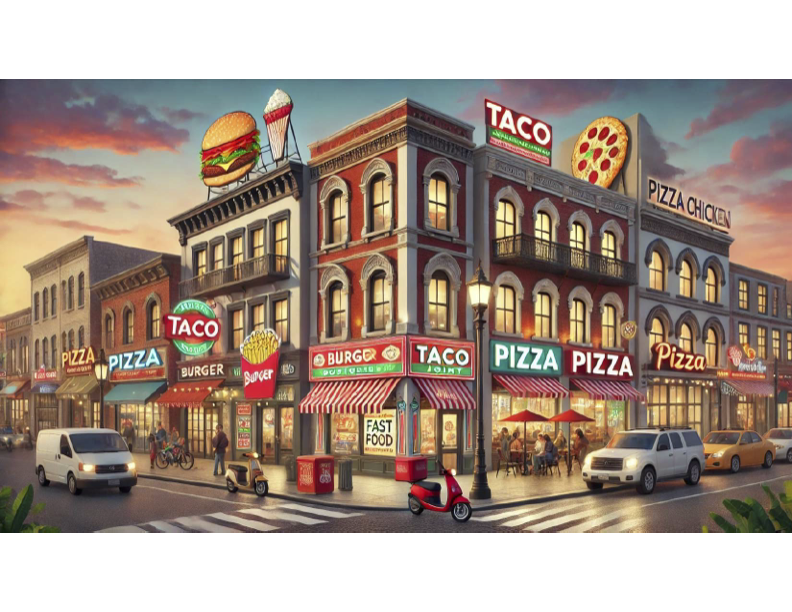The fast food industry is one of the most powerful and visible sectors in the global economy. With billions in annual revenue and an ever-growing presence in cities and small towns alike, fast food is everywhere—off highways, inside malls, and now, increasingly, on your phone through apps and delivery services.
Why It Works
Fast food thrives because it solves a real problem: people are busy. Between long workdays, commuting, and family responsibilities, cooking at home isn’t always practical. Fast food offers a predictable, fast, and cheap solution. It’s built for speed, with streamlined menus, standardized ingredients, and systems designed to minimize wait times.
The marketing machine behind it doesn’t hurt either. These brands know how to sell convenience, affordability, and cravings—whether it’s through catchy jingles, limited-time offers, or social media buzz.
The Hidden Costs
But convenience often comes with trade-offs.
Nutritionally, fast food is notorious for being high in calories, sugar, fat, and sodium. Over time, a diet heavy in fast food can increase the risk of obesity, heart disease, diabetes, and other health issues. This isn’t new information, but it’s still a widespread issue—especially in communities where healthy options are harder to find or more expensive.
Then there’s the labor side. Fast food jobs are typically low-wage, high-pressure, and often lack benefits. While the industry employs millions, many workers face long hours with little security. The rise of app-based delivery has added another layer of precarious gig work.
A Shifting Landscape
Despite the criticism, the fast food industry isn’t standing still. In response to public pressure and changing consumer habits, many chains are updating menus with healthier options, offering plant-based alternatives, and cutting back on artificial ingredients.
There’s also a growing demand for transparency—people want to know where their food comes from and how it’s made. Some chains are leaning into this, while others are slow to change.
The Bottom Line
Fast food isn’t going anywhere. It’s too convenient, too profitable, and too embedded in modern life. But that doesn’t mean it has to stay the same. As consumers get smarter and more selective, the industry will need to evolve—not just to survive, but to stay relevant.
The real question isn’t whether we should stop eating fast food. It’s how we can push the industry to do better—for our health, for workers, and for the planet.

